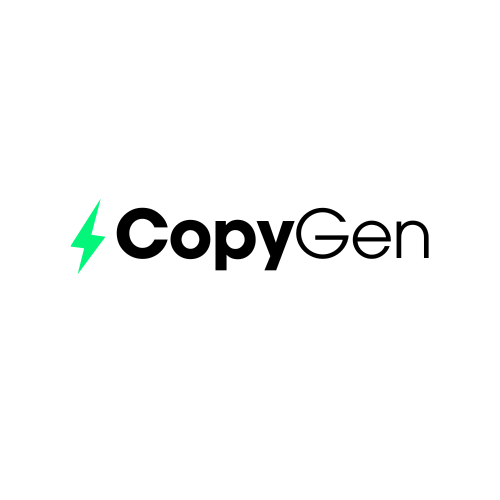How to write for Gen Z without sounding ancient.
Do You Ever Feel… Out of Touch?
I’m not talking about creaky knees, grey hairs, or groaning when you stand up (although, guilty).
I mean when you overhear Gen Z chatting, and it feels like they’re speaking a different language entirely.
For marketers, copywriters, and anyone else whose job relies on connecting with a wide audience, this can be tricky. Understanding Gen Z is key to speaking their language authentically.
And just as we’re getting a grip on Gen Z, here comes Gen Alpha. They’re on the horizon, ready to challenge everything we know about younger audiences. Time to get ahead of the curve.
So… What Exactly Is a Gen Z?
If I asked you to picture a Gen Zer, you’d probably imagine a 16-year-old scrolling TikTok and busting out the latest dance trend, right?
Wrong.
Gen Z includes anyone born between 1997 and 2012. That means some of them are pushing 30. Yes, 30! You can be a 90s kid *and* a Gen Zer.
Wild, isn’t it?
And that misconception is just one of many when it comes to this generation. But what sets Gen Z apart isn’t just their age—it’s their values, their worldview, and the way they’ve grown up.
A Generation Raised on the Internet
This is a group that’s grown up with instant access to *everything*. From world news to viral trends, they’ve had the internet at their fingertips since they were kids.
But growing up online isn’t all memes and cat videos. Gen Z has faced:
Information overload: They’ve had to filter real news from fake.
Global awareness: They’re hyper-tuned to issues like social justice, climate change, and equity.
Cultural highs and lows: They’ve witnessed the internet’s best and worst moments.
Gen Z is informed, values-driven, and incredibly savvy. And that means writing for them takes more than trendy slang and memes.
What *Not* to Do When Writing for Gen Z
1. Don’t Overuse Slang
Trying to sprinkle “no cap,” “yeet,” or “big vibes” into your copy doesn’t make you relatable—it makes you sound outdated (and painfully cringe).
Slang moves too fast. By the time your campaign is live, those terms could already be uncool. Instead, focus on the *tone* and *vibe* of your messaging, not forcing in trendy phrases.
2. Don’t Talk *At* Them
Gen Z doesn’t have “short attention spans.” They just know when they’re being fed BS. If your messaging feels fake, patronizing, or salesy, they’ll check out immediately.
Instead, talk *to* them. Keep it real, keep it honest, and don’t be afraid to show some personality.
3. Don’t Assume They’re All Teens
Remember, the older half of Gen Z is solidly in adulthood. They’re earning money, buying homes, starting families, and making big life decisions. Writing for Gen Z doesn’t mean dumbing down your copy—it means meeting them where they’re at in life.
How to Nail Your Gen Z Messaging
1. Be Genuine and Transparent
Gen Z values authenticity. They can spot corporate fluff a mile away. So skip the jargon and speak like a human.
Take a cue from brands like JaJa Tequila, whose billboards say, “Our marketing budget is $0. This is why you’re reading this instead of seeing it.” It’s simple, funny, and refreshingly honest.
2. Highlight Your Values
Gen Z cares deeply about social and environmental issues. Brands like Converse have nailed this with their ongoing Pride campaigns and donations to LGBTQIA+ organizations. But remember: empty gestures won’t cut it. Back up your values with action.
3. Show Some Personality
From playful taglines to witty asides, a touch of humor and humanity goes a long way. For example, Oatly turned a negative review into an ad, showing vulnerability while standing firm in their beliefs.
The Bottom Line: Don’t Be Patronising
Writing for Gen Z isn’t about trying to be cool or trendy. It’s about understanding their values, respecting their intelligence, and speaking to them as equals.
And guess what? Those same lessons will apply to Gen Alpha when it’s their turn.
At the end of the day, connecting with any audience comes down to one thing: relate to them as humans.
Who would’ve thought, huh?
